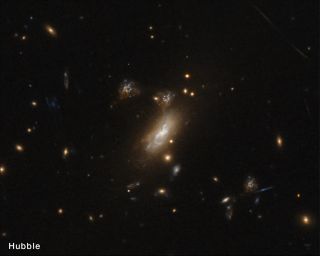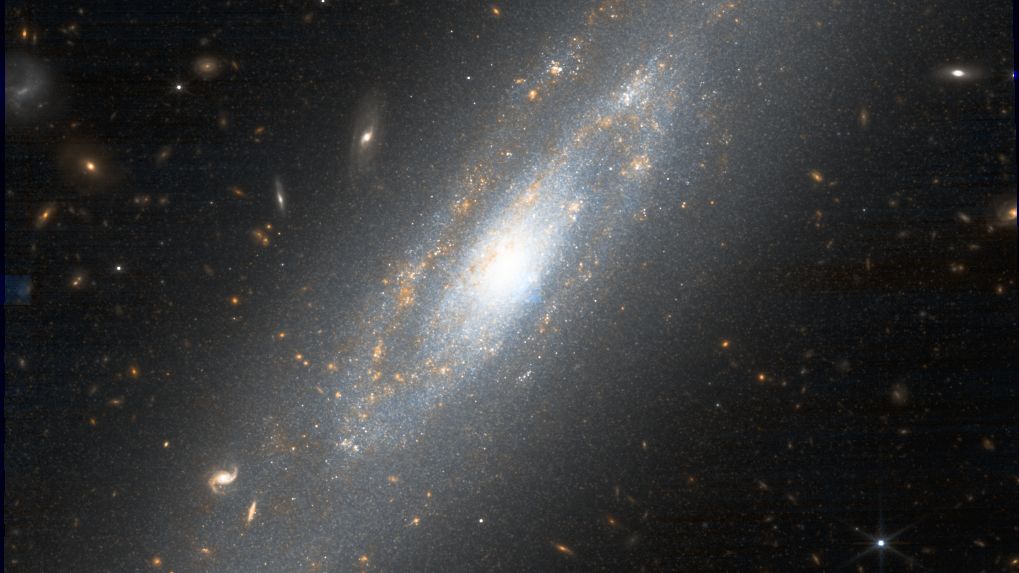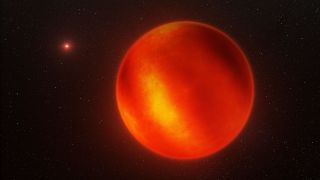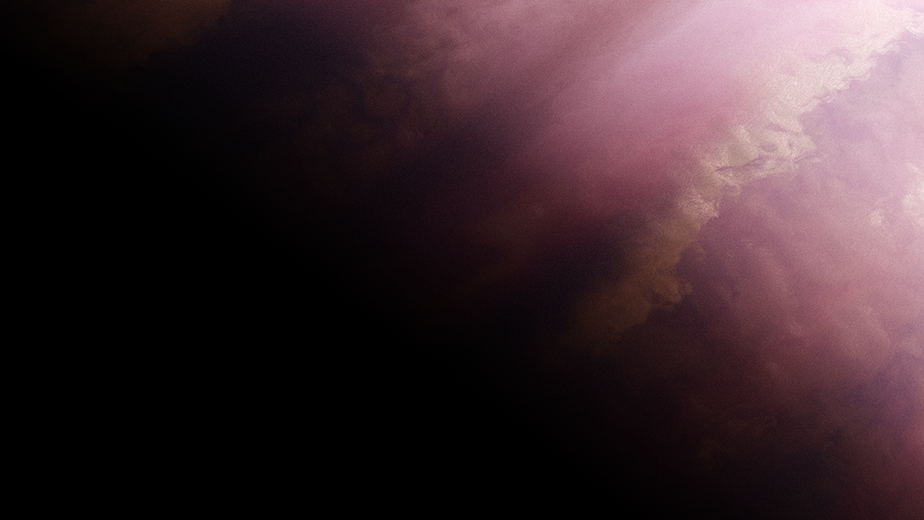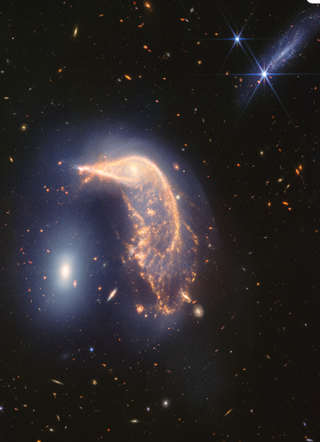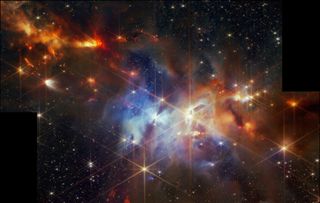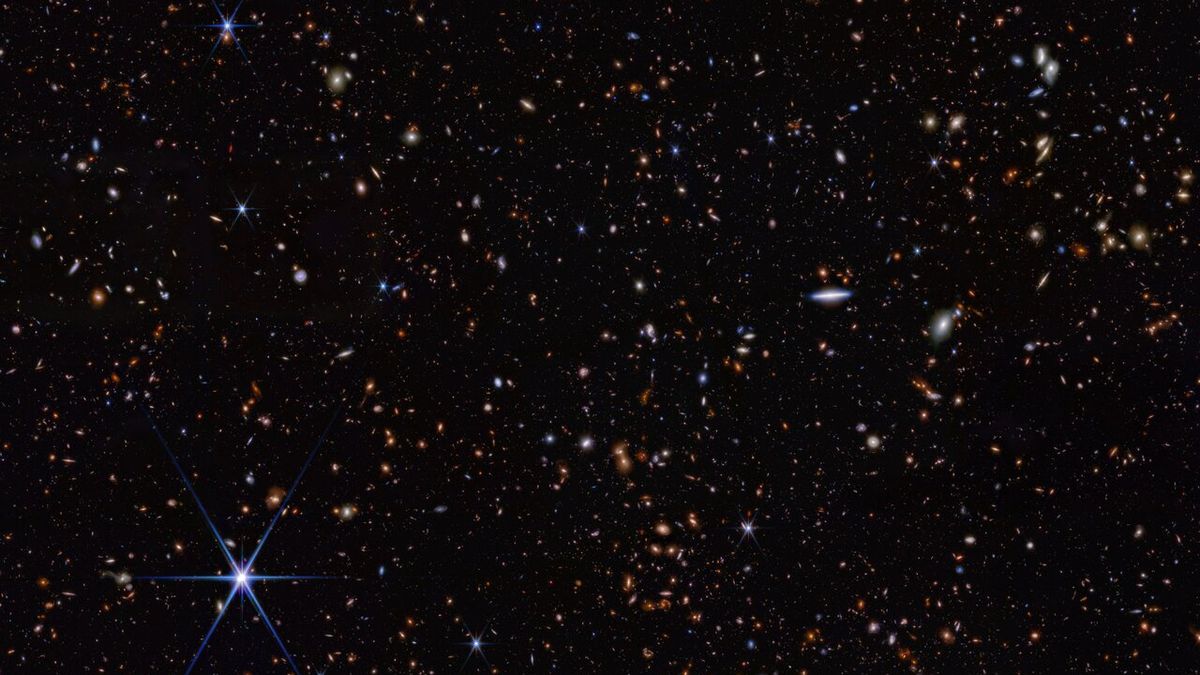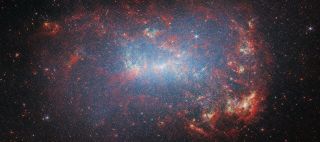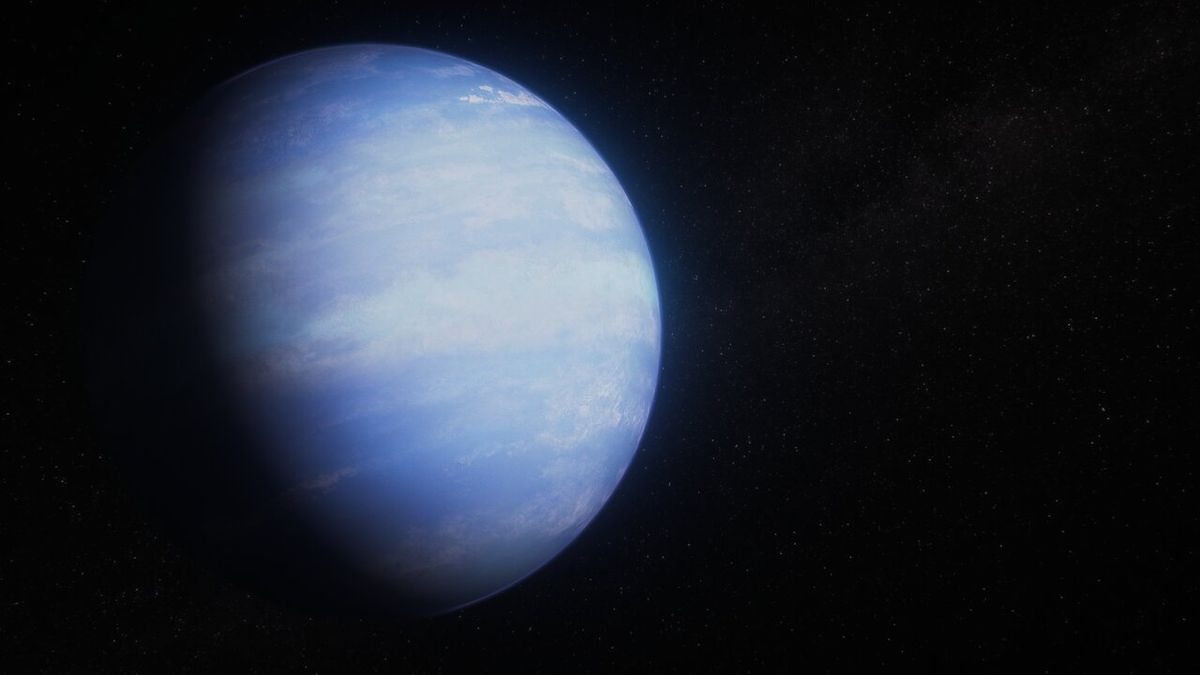Astronomers often have more questions than answers about the universe — and the universe, in turn, has asked its own question. Quite literally. Last year, the James Webb Space Telescope fortuitously spotted the unmistakable shape of a question mark across the sky. The uncanny feature was captured lurking at the bottom of an image of a pair of forming stars in the Vela constellation roughly 1,470 light-years from Earth. The picture soon went viral on social media sites, prompting a myriad of guesses of its nature, from a sign of…
Read MoreTag: James Webb Space Telescope
James Webb Space Telescope adds to the confusing drama of Hubble tension
It would appear that James Webb Space Telescope observations of 10 nearby galaxies suggests the Hubble tension — which is a puzzling discrepancy in measurements regarding the rate of the expansion of the universe — may not be real after all. The James Webb Space Telescope‘s observations put the average value of the Hubble constant (H0), key in determining the rate at which the universe is expanding, at 69.96 kilometers per second per megaparsec. This is indeed consistent with predictions stemming from the standard model of cosmology, which should sound…
Read MoreA moon of Uranus could have a hidden ocean, James Webb Space Telescope finds
Using the James Webb Space Telescope (JWST), astronomers discovered that Ariel, a moon of Uranus, could be hiding in a buried liquid water ocean. The discovery could supply an answer to a mystery surrounding this Uranian moon that has perplexed scientists: the fact Ariel’s surface is covered with a significant amount of carbon dioxide ice. This is puzzling because at the distance Uranus and its moons exist from the sun, 20 times further out from the sun than Earth, carbon dioxide turns to gas and is lost to space. This…
Read MoreAlien weather report: James Webb Space Telescope detects hot, sandy wind on 2 brown dwarfs
The James Webb Space Telescope (JWST) has discovered stormy weather in the sky of two brown dwarfs in the most detailed weather report yet from such “failed stars.” The two brown dwarfs form a binary pair called WISE 1049AB that was discovered by NASA‘s Wide-field Infrared Survey Explorer (WISE) in 2013; the duo sits just 6.5 light-years away from us. They are the closest brown dwarfs to our sun, and thus make an excellent target for the James Webb Space Telescope‘s powerful infrared instruments. A brown dwarf is an object…
Read MoreThe James Webb Space Telescope is studying an exoplanet’s eternal day — and eternal night
What’s the James Webb Space Telescope’s favorite movie? Eternal sunshine of the exoplanet WASP-39 b, perhaps. In a new study, data from the James Webb Space Telescope reveals details of this mysterious gas giant exoplanet, which orbits a star about 700 light-years away from Earth. WASP-39 b is tidally locked to that star, which means the same side of the planet always faces its star. In other words, half of the planet experiences perpetual day, and the other experiences perpetual night. But the dividing line isn’t black and white — there’s a…
Read MoreGalactic penguin honors the 2nd anniversary of James Webb Space Telescope’s 1st images
To celebrate two years since the James Webb Space Telescope (JWST) started sending images back to Earth, NASA has released yet another stunning image taken by the revolutionary space telescope. The second-anniversary JWST image shows two interacting galaxies that make up a single object called Arp 142, which appears like a cosmic penguin with its cosmic egg. Fittingly for a celebration of the JWST’s two years of science results, the new image is a two-for-two. Arp 142’s Penguin and Egg scene comprises two interacting galaxies located around 326 million light-years from…
Read MoreJames Webb Space Telescope spies never-before-seen star behavior in distant nebula (video, photo)
The James Webb Space Telescope has taken another extraordinary photo. The subject is the Serpens Nebula, which lies about 1,300 light-years from Earth. And the new JWST image showcases a very special phenomenon long theorized to exist, but never before observed. In the upper left part of the photo are several “protostellar outflows,” or jets of gas erupting out of newborn stars. While we’ve seen such outflows before, we’ve never seen them line up in the same direction as in the JWST image; NASA likens them to “sleet pouring down during…
Read MoreYouthful galaxy in the early universe was a heavy metal rebel
The most distant carbon ever seen has been discovered by the James Webb Space Telescope (JWST) in a galaxy that we see as it existed just 350 million years after the Big Bang. The detection is notable because not only is it the oldest carbon known, it is the first time that an element heavier than hydrogen or helium — what astronomers call “metals” — has been confirmed in the very early universe. “Earlier research suggested that carbon started to form in large quantities relatively late — about one billion…
Read MoreJames Webb Space Telescope finds a dusty skeleton in this starburst galaxy’s closet
The dwarf galaxy NGC 4449 is the star of the show in the James Webb Space Telescope‘s latest cosmic portrait. Located 12.5 million light-years away in the constellation of Canes Venatici, the Hunting Dogs, NGC 4449 has much in common with our very own Large Magellanic Cloud (LMC), the satellite galaxy orbiting the Milky Way. Both are small and irregular in shape and each has a distinctive bar running through its center. However, whereas the LMC has one extreme region of star formation, which is the 30 Doradus region famously…
Read MoreThe James Webb Space Telescope may have solved a puffy planet mystery. Here’s how
A surprisingly low reservoir of methane may explain how a planet around a nearby star grew weirdly puffy, according to new observations from the James Webb Space Telescope (JWST(. The finding shows that planetary atmospheres can inflate to remarkable amounts without employing esoteric theories of planet formation, astronomers say. “The Webb data tells us that planets like WASP-107 b didn’t have to form in some odd way with a super small core and a huge gassy envelope,” Michael Line, an extrasolar planetologist at Arizona State University, said in a statement.…
Read More